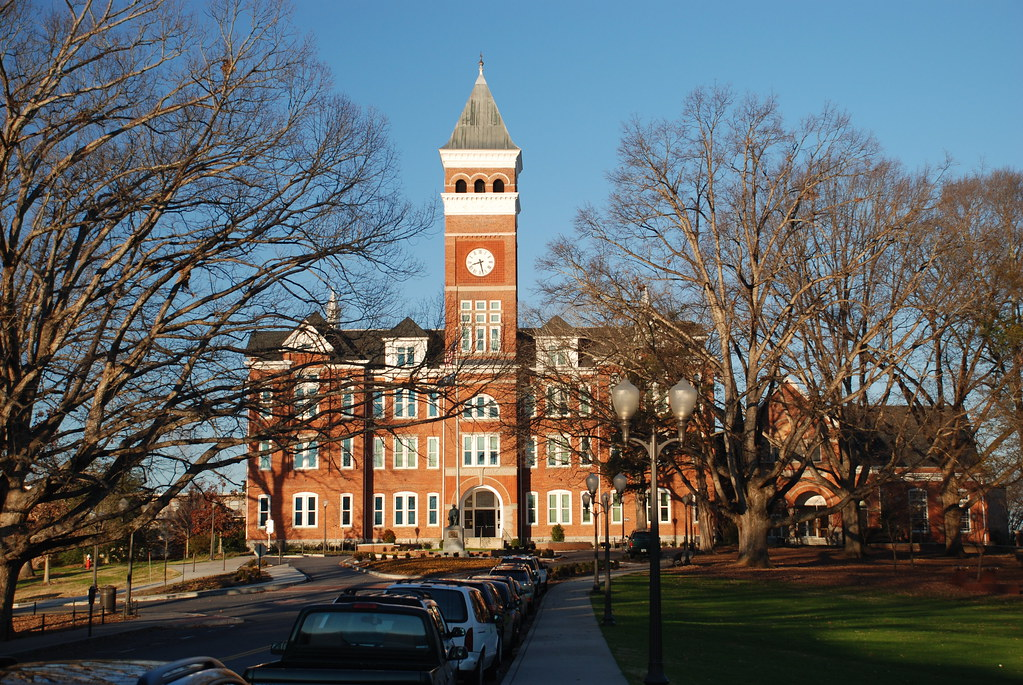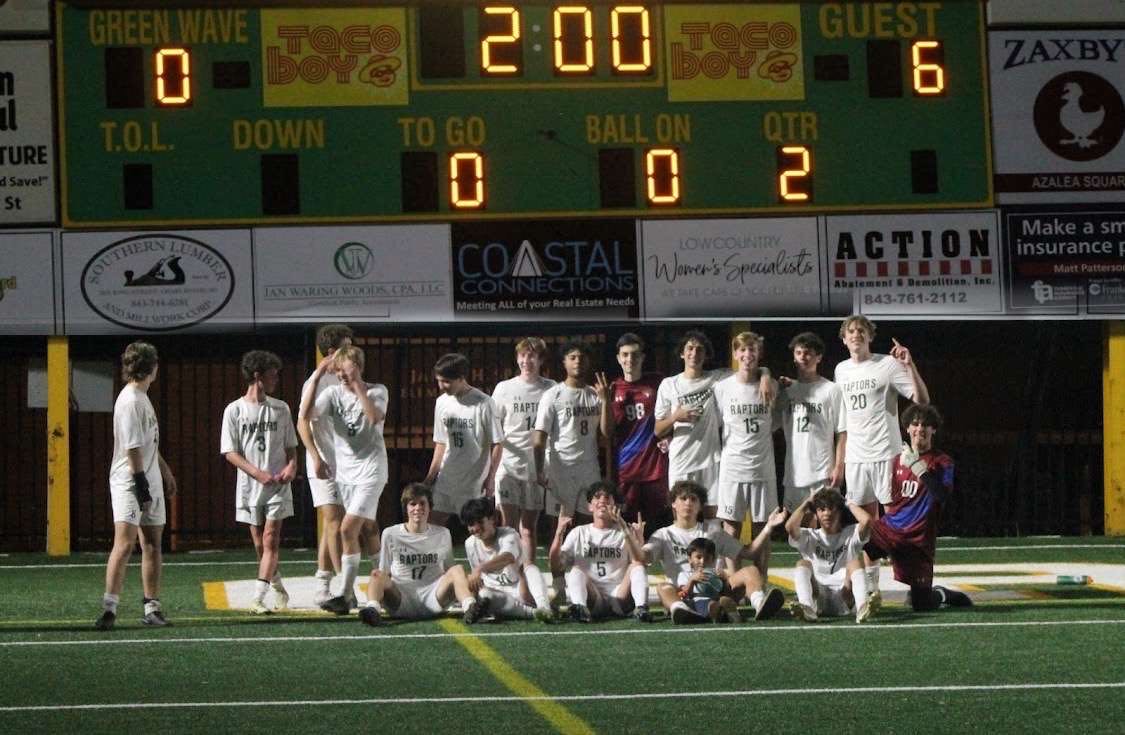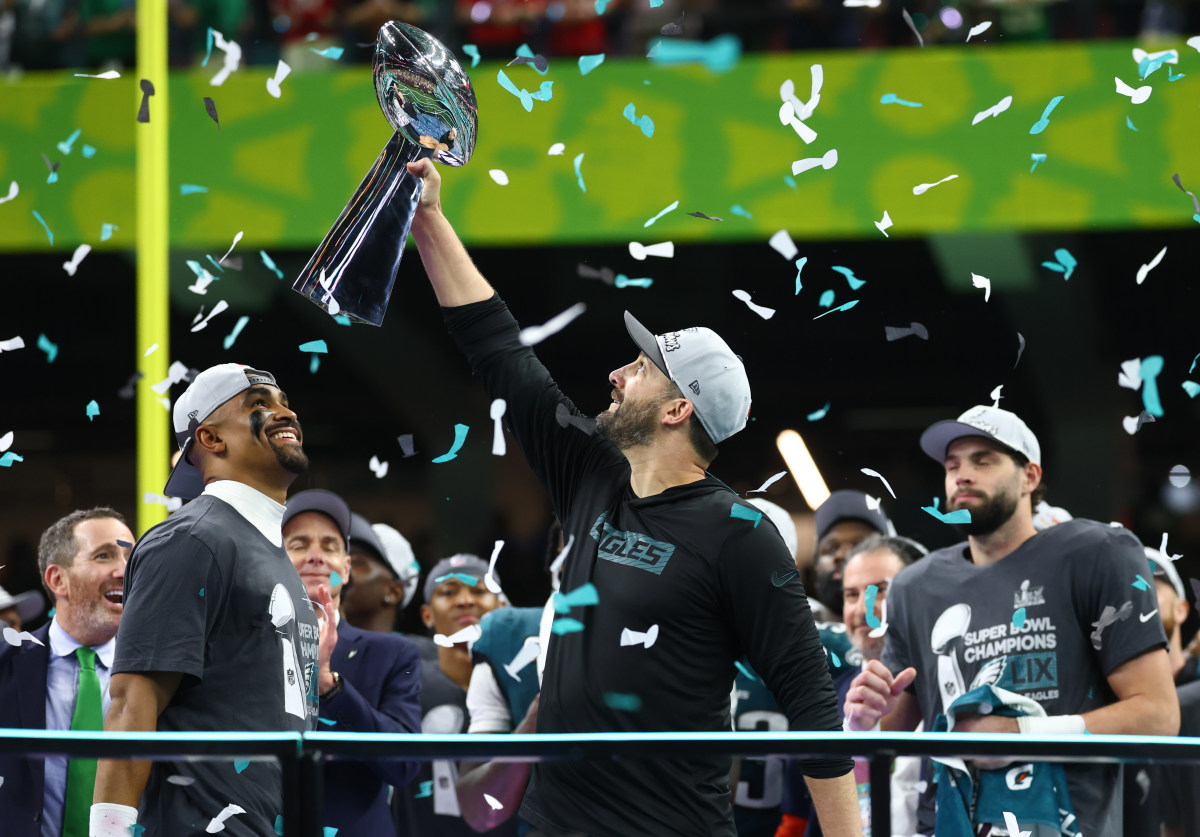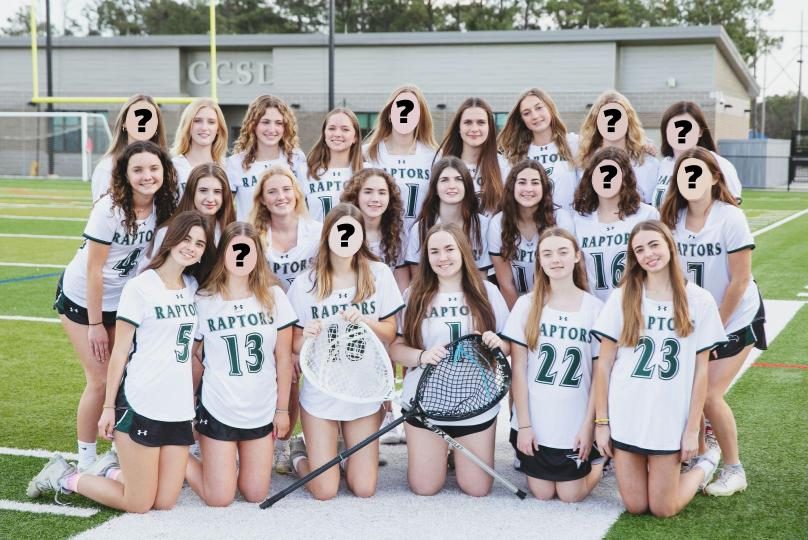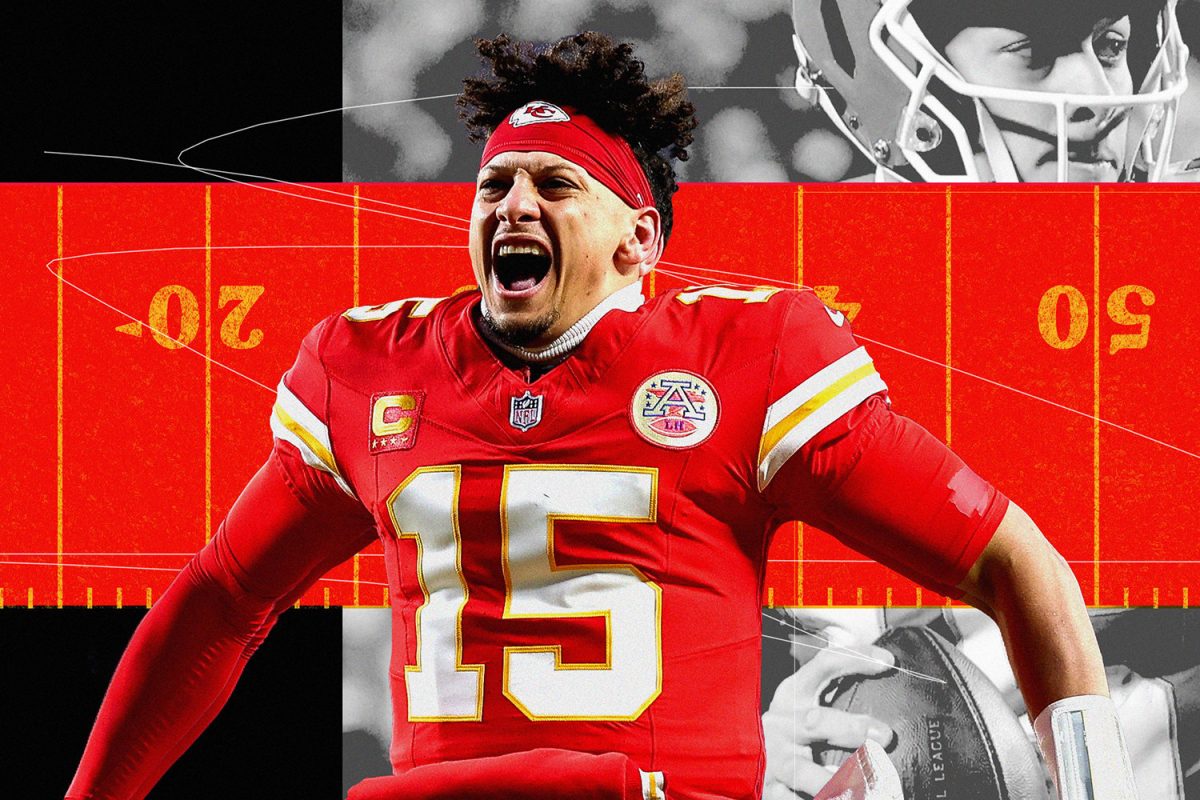When it comes to college sports in America, nothing is better. Whether that is football, basketball, baseball, or more everyone has a team. However, recently things have been shaken up in the world of college sports due to the introduction of NIL. NIL is “name image and likeness” or in regular speak when college athletes can get paid to play. Now at first, this sounds like a good thing, players can earn money while playing sports. After all, these players bring in so much money on behalf of the university it only seems fair that they get a cut, right? Well, sure but isn’t that what scholarships are for? That way the players get a free education for excelling at athletics. Well apparently this is not enough, and I can see that side of it. I mean, after all, if you are someone like Caleb Williams, one of the best college football players in the country, shouldn’t you be getting a little more than your backup? Ok, well, sure, I can get behind that, but what about schools that can only afford to pay a certain amount of money to their players? What are they supposed to do? What about schools that are historically very successful but may not be based in a big city? Let’s take Clemson for example. How is Clemson who is located in Greenville South Carolina supposed to compete with a school like USC (Southern Cal)? Look at the difference economically between the two cities. LA is commonly known as the capital of film. The city of LA is home to “Hollywood,” the world’s leading entertainment location. Greenville on the other hand is not so well known. A beautiful city yes, but it by no means is the world’s leading anything. So in reality, schools like USC can continue to pump money into their athletic programs, paying players money north of SEVEN figures and in turn dominating their conferences. So what could a school like Clemson do to combat this? Surely there have to be regulations that would not allow schools like Southern California to “poach” players from other states so at least Clemson can recruit in-state. Not so much. At this point all a school like Clemson can do is hope and pray that athletes have a desire to play for the school over their desire for money.  However, don’t be so sure that they will stay. At any point in time, a player can de-commit from a school and go to a school that is willing to pay them professional-level salaries. Now, why might this be a problem? Other than the obvious reason that sooner or later people who are fans of teams that can not afford to pay millions and millions of dollars are going to begin to lack talent in comparison to schools like USC, this could create a major imbalance in college athletics. For example, if a school with enough financial resources were to delegate the majority of its funds to a specific sport, there is no reason or rule that would prevent it from buying up all of the talent in its respective conference. This has already begun to become a problem with schools such as Texas A&M. Recently, the SEC school has been at the top of the recruiting charts for the past 3 years because of the seemingly endless amount of money they are able to shell out to their student-athletes. Although this recruiting scheme has yielded positive results for their recruiting classes, A&M has yet to truly display all of the talent that they have been receiving through their committees. However, it is only a matter of time before they start to perform to the best of their abilities and become a force to be reckoned with in college football once again.
However, don’t be so sure that they will stay. At any point in time, a player can de-commit from a school and go to a school that is willing to pay them professional-level salaries. Now, why might this be a problem? Other than the obvious reason that sooner or later people who are fans of teams that can not afford to pay millions and millions of dollars are going to begin to lack talent in comparison to schools like USC, this could create a major imbalance in college athletics. For example, if a school with enough financial resources were to delegate the majority of its funds to a specific sport, there is no reason or rule that would prevent it from buying up all of the talent in its respective conference. This has already begun to become a problem with schools such as Texas A&M. Recently, the SEC school has been at the top of the recruiting charts for the past 3 years because of the seemingly endless amount of money they are able to shell out to their student-athletes. Although this recruiting scheme has yielded positive results for their recruiting classes, A&M has yet to truly display all of the talent that they have been receiving through their committees. However, it is only a matter of time before they start to perform to the best of their abilities and become a force to be reckoned with in college football once again.
Many fans recognize this as a problem however there are different ways that people have thought of to combat it. By no means is getting rid of NIL the best course of action, after all this is what student-athletes have been pushing for, for the last decade or so. So, what can we do? Well, look at the NFL, the NBA, or even European soccer leagues like the English Premier League. When it comes to these organizations, every team has a different owner who has different and deeper pockets. Michael Bidwill, the owner of the Arizona Cardinals has a net worth of 1.4 billion dollars, a lot of money. But when you compare him to someone like David Tepper, the owner of the Carolina Panthers who has an estimated net worth of 13 billion dollars there is a clear discrepancy between how much the two owners would be able to pay their respective athletes.  So to combat this the NFL created a salary cap, a very confusing mathematical equation that essentially determines the maximum amount NFL teams can pay their collective rosters. This cap has other regulations to ensure things such as players not being overpaid or underpaid. The problem with this idea is that the cap is calculated based on the revenue of the league as a whole. In college athletics, some conferences generate much more revenue than others. Compare the SEC to the Sun Belt conference, should SEC athletes be compensated less because the Sun Belt is not able to generate the same kind of revenue? If not and SEC athletes are making more money than athletes in the Sun Belt, athletes will begin to commit to the SEC for the money. So as you can see with this system, there are winners and losers in every scenario. There is no true way to fix this right now, other than completely doing away with the program as a whole. Smaller schools are not going to be able to compete with larger schools financially, and even if they can get a good player via recruiting, who is to say that they won’t just transfer at a later date? Regardless of what happens, long gone are the times of players all playing for the university.
So to combat this the NFL created a salary cap, a very confusing mathematical equation that essentially determines the maximum amount NFL teams can pay their collective rosters. This cap has other regulations to ensure things such as players not being overpaid or underpaid. The problem with this idea is that the cap is calculated based on the revenue of the league as a whole. In college athletics, some conferences generate much more revenue than others. Compare the SEC to the Sun Belt conference, should SEC athletes be compensated less because the Sun Belt is not able to generate the same kind of revenue? If not and SEC athletes are making more money than athletes in the Sun Belt, athletes will begin to commit to the SEC for the money. So as you can see with this system, there are winners and losers in every scenario. There is no true way to fix this right now, other than completely doing away with the program as a whole. Smaller schools are not going to be able to compete with larger schools financially, and even if they can get a good player via recruiting, who is to say that they won’t just transfer at a later date? Regardless of what happens, long gone are the times of players all playing for the university.




